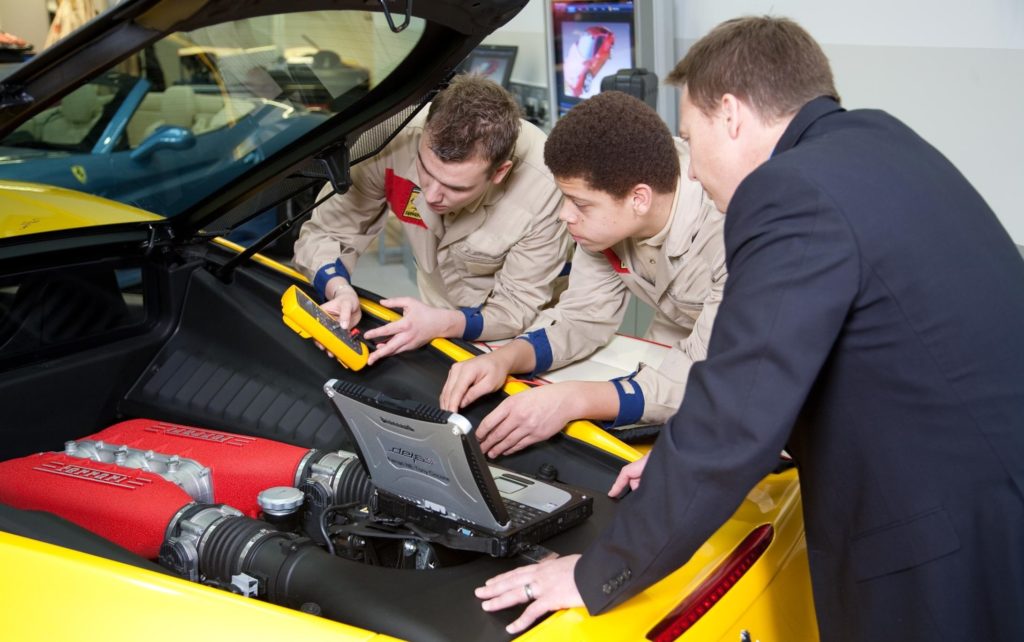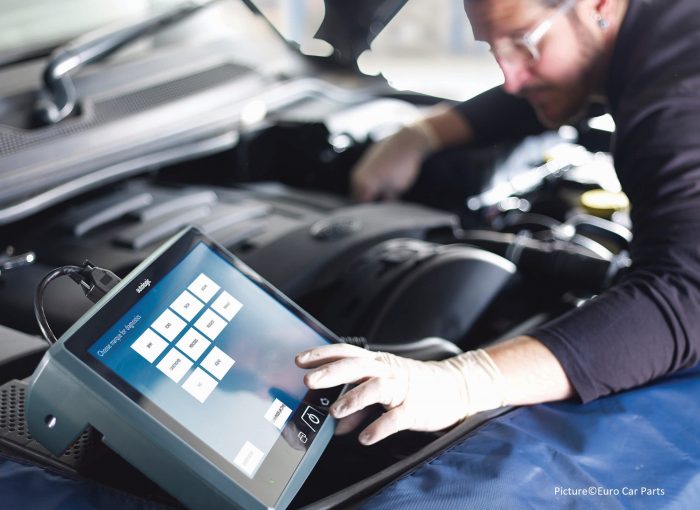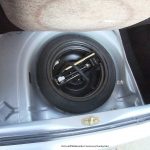Limp home mode or limp mode is when a car engine appears to lose power for no apparent reason. Your car will put itself into limp home mode because it detects a problem that needs attention but isn’t serious enough to prevent it being driven.
What is limp home mode?
Limp mode is when a car self-limits its performance to stop itself being damaged by prolonged use. The car can still be driven, but in such a limited way that you must get the problem sorted.
How do you know if your car is in limp home mode?
You should see a light illuminated on the instrument panel. This will be the check engine light and it will either show steadily or flash. There may also be a message saying your engine is operating with reduced power.
As this is a way of limiting performance to reduce the chances of damage, the car will feel sluggish. The engine’s revs per minute (rpm) will probably be limited to less than 3000 – engine idle speed is usually around a third of that.
What does limp home mode feel like?
Top speed will be limited too. You may not be able to go faster than 35mph. It’ll feel as if you’re pushing down on the accelerator and something is stuck under the pedal and it’ll only go half way. Put another way, it feels like someone has disconnected half of your engine’s cylinders.
If the car is an automatic you may find that it won’t change gear, or at least won’t go beyond a certain gear.

Can I drive my car in limp home mode?
Yes you can, but ideally not for long. In an ideal world, when limp home mode activates, you should stop as soon as you can: it is designed to protect the engine and the best way to do this is to switch it off. Limp mode is giving you the stark message: “Pull over or you’re going to damage me.”
Equally, the problem isn’t so serious that the engine has to shut down immediately. Car makers understand that it isn’t always convenient for an engine to stop itself. And this mode is designed to enable you to get off the motorway safely or navigate your way out of a busy town centre where conking out would cause chaos.
What causes limp home mode?
The ECU or Engine Control Unit tells every engine what to do. When one of the sensors feeding the ECU with information detects that something’s wrong, the ECU puts the car into limp home mode to protect the engine from damage.
Any number of problems might result in the engine adopting this mode. A popular one is low fluids. If the engine is running far too hot because it doesn’t have enough oil or water, it will shut itself down to prevent damage. Or it might be a problem sensor sending incorrect signals to the ECU. Or it may be a failing clutch or gearbox.
Is limp mode serious?
It depends what the problem causing it is. It might be caused by a faulty sensor which is cheap to fix. Or it might be caused by something far more serious. Your best bet is to get a technician to plug in their diagnostics to find out what the problem is.
Can you turn limp home mode off?
In some cases, yes you can. Find somewhere safe to pull over. Turn the car off. It may not turn back on again which is an answer in itself.
If it does turn on again, and the problem is an electronic one, turning off/on may reset the ECU and clear the problem – a bit like switching a computer off and back on again.
By far the easiest thing to do is to call your breakdown operator or take the car to a garage. They’ll be able to plug their diagnostic computer into the car and immediately tell you exactly what the problem is.
How do I fix limp home mode?
The easiest way is to take it to a garage. They will be able to plug their diagnostic device into the car and find out what is causing it.

I’ve been writing about cars and motoring for more than 25 years. My career started on a long-departed classic car weekly magazine called AutoClassic. I’ve since pitched up at Autosport, Auto Express, the News of the World, Sunday Times and most recently the Daily Telegraph. When I’m not writing about cars and motoring, I’m probably doing some kind of sport or working in my garden.







